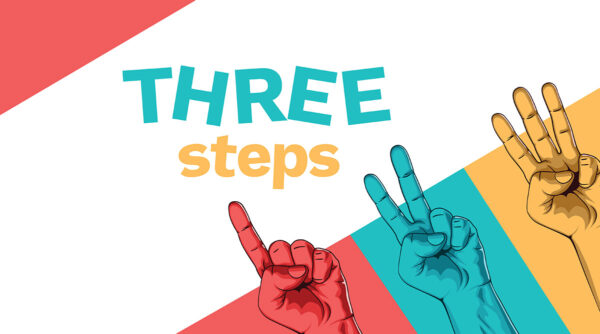This post is meant to be a primer for how to use measurement to improve your fundraising.
The concepts are easy to understand, but it’s real work for smaller nonprofits to install the systems and track the results.
I’m sharing this because, at the beginning of the fundraising journey for a Fundraiser or nonprofit, these things are non-obvious. When you’re starting off in fundraising, it can feel like a situation where you “send a few things out and see which way the wind blows this year!”
But the more you know, the more you realize this fundraising life is a deeply-understood system.
OK. There are three main stages to this…
# 1 – Measure the Metrics
You want to measure the performance of each piece of fundraising you send out. This means tracking metrics like: gross revenue, net revenue, percent response, ROI, click-through rates, conversion rates, etc.
That list is not meant to be exhaustive. The idea is that there are standard metrics for email, direct mail, major donor proposals, radiothons, etc., and you want to figure out and track the standard metrics for the types of fundraising you do.
Organize your results. (We offer a free spreadsheet to help you get started.) You’ll quickly see that some fundraising activities are more effective than others.
#2 – Measure the Results Annually
If you think of each year’s-worth of fundraising as an experiment, you want to know the results of each year’s experiment.
Your results can be measured with metrics like: donor retention rate (overall and by segment), revenue retention rate, the “cost to raise $1” for each of your primary income streams, your total net revenue available for programs, etc.
Organize your results so you can see year-over-year trends.
#3 – Learn the Levers
The next step feels like magic: you look at the info from the first two steps and quickly notice which fundraising activities make the biggest difference.
You see things like, “When we do more of X, less money comes in.” Or, “When we do less Y, we keep more of our donors.”
Let me give you two real-life examples (both of which I’ve seen many times). I’ll share what the organization noticed when they looked at their results, and then what they found when they looked back at their year:
- An organization noticed that they had raised about the same amount over the course of the year with what felt like less effort. The looked back and noticed that they had cancelled their e-news early in the year. Previously, they believed their e-news was a necessary part of their fundraising activities. Today they’ve realized that the time they were spending on their e-news could be better spent in other areas.
- An organization was pleased to find that they had raised more year-over-year, and that their donor retention rate had increased from 55% to 60%. They looked back and saw that they had sent two more appeal letters, and four more e-appeals, than they’d sent in previous years. The organization realized they could be asking their donors to help more often, and that doing so would have a positive effect on their fundraising.
Once you track your fundraising activities, and review the effects of them each year, you see what works and what doesn’t. Do that for a lot of nonprofits, for a lot of years, and you build a depth of knowledge about what levers work best in different situations.
I realize it’s tough for people at the beginning of their fundraising journey to know what to do, let alone actually find the time to do all of it.
That’s exactly why this blog exists. We’re trying to share everything we’ve learned over the years about which levers to pull, and which levers to stop pulling, so that your fundraising journey is a little faster and a little smoother.
(Fun Fact: the original name for Better Fundraising was “Better Fundraising For All.” That’s because we believe that all of this information should be shared with all the small- and medium-sized nonprofits who can’t afford a big agency, instead of being kept as part of some “secret sauce.”)
For today, figure out which of these three steps your organization should be working on. And figure out the next actionable step you could take. Now, we’re all in the middle of year-end fundraising at the moment, so you might not get to it in the next couple of weeks. But write it down and set aside some time in your calendar to make it part of your plan for 2024.
Take just a few steps forward, and you’ll be surprised at how much more effective you’ll become.









